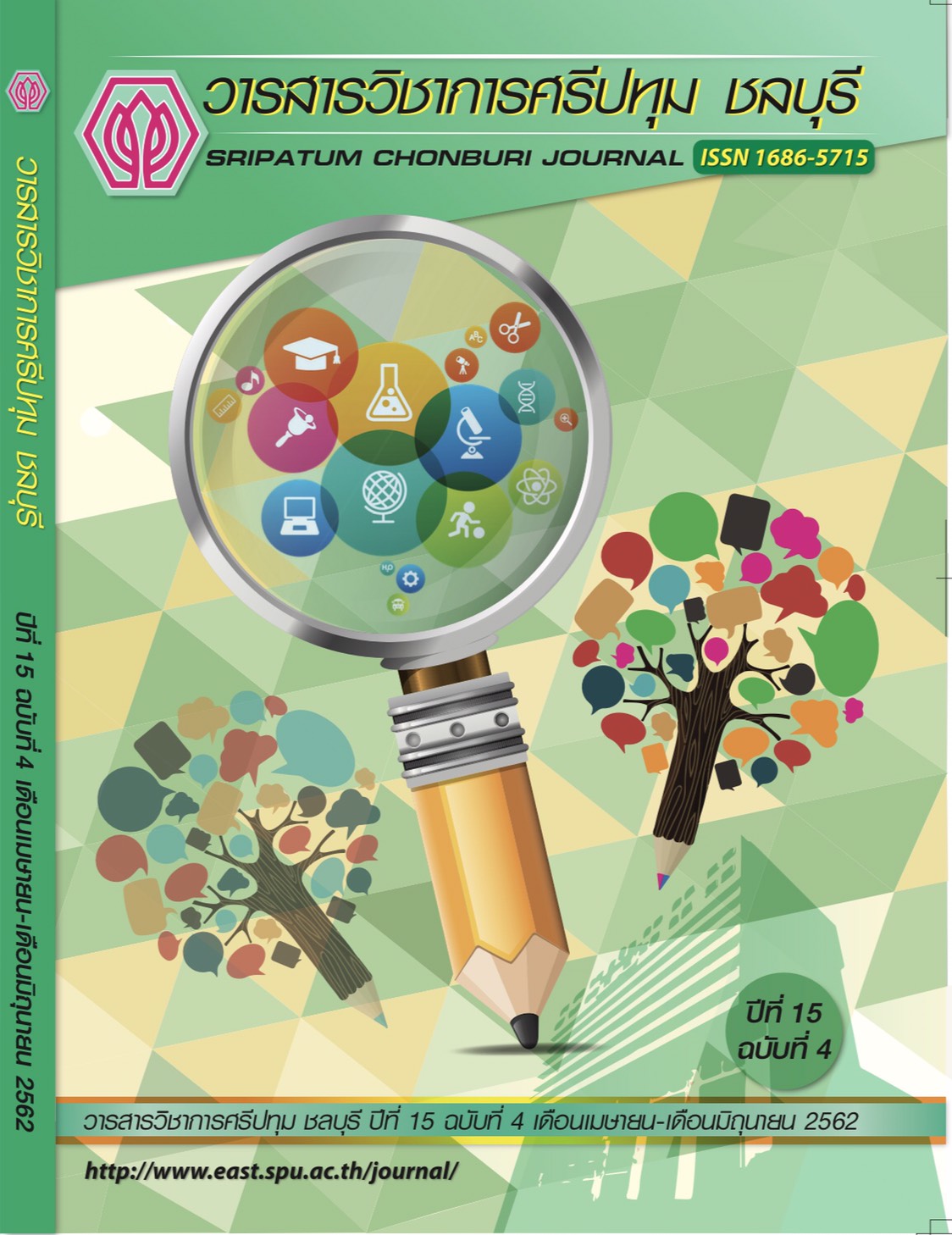AN EVALUATION OF A WORLD CLASS STANDARD SCHOOL PROJECT: A MULTI SITE EVALUATION
Keywords:
world class standard school, CIPPI modelAbstract
The purpose of this research was to evaluate a World Class Standard School Project of the Office of Basic Education Commission during 2014-2016 by implementing CIPP evaluation model. CIPP is an evaluation model that requires the evaluation of context, input, process and product in judging a program’s value. This is a mixed method research. A quantitative data collection took place in 11 World Class Standard Schools (WCSSs) in Chonburi. A qualitative data were from Chonkanyanukul School and Photisamphanphittayakharn. The samples consisted of 11 administrators, 22 teachers, 169 students, 169 parents and 11 school committees. The research instrument for a quantitative study was a five-rating-scale questionnaire and frequency, percentage, mean, and standard deviation were used for data analysis. A qualitative study was conducted by an in-depth interview and focus groups with students and teachers, observation and documents. The data was analyzed by using content analysis. The research findings were as follows:
- The overall aspects of the context area were eminent. The mean of the school policy aspect was significance, followed by the economics aspect, the society aspect and the politic aspect respectively.
- The overall aspects of the input area were distinctive. The mean of the quality of the administrators was significance, followed by the quality of the basic factors, and the quality of the teachers respectively.
- The overall aspects in the process area were at a good level. The mean of the practices following the policy of development in WCSS was at the highest level, followed by the mean of Total Quality Management and the instructional management comparing it with the world-class standard respectively.
- In the product area, the results revealed; that the overall aspects of the product area were at a good level. The mean of advanced thinking was at the highest level, followed by the mean of communication with two language, the mean of academic excellence, the mean of being responsible for global society and the mean of producing work creatively respectively.
- The mean of impact area was prominent.
References
Association of Southeast Asian Nations. (2017). The ASEAN charter (Online). Available:
https://asean.org/storage/2017/07/8.-July-2017-The-ASEAN-Charter-21th-Reprint-with-Updated-
Annex-1.pdf [2018, September 30].
Office of the Basic Education Commission. (2014). Guidelines for learning and teaching management of world class standard schools. Bangkok, Thailand: Agricultural Cooperatives of Thailand.
Rattana Buosonte. (2013). CIPP and CIPPIEST evaluation models: Mistaken and precise concepts of
applications. Silpakorn Educational Research Journal, 5(2), pp. 7-24
Wilaiporn Sereewatana. (2012). A systematic evaluation of world-class standard school project. Doctor of Philosophy Dissertation in Educational Administration, Graduate School, Khon Kaen University, Thailand.
World-class standard school (Online). (2012). Available: https://www.slideshare.net/krupornpana55/
2-13676251 [2018, September 30].
Downloads
Published
Issue
Section
License
บทความทุกบทความเป็นลิขสิทธิ์ของวารสารวิชาการศรีปทุม ชลบุรี



